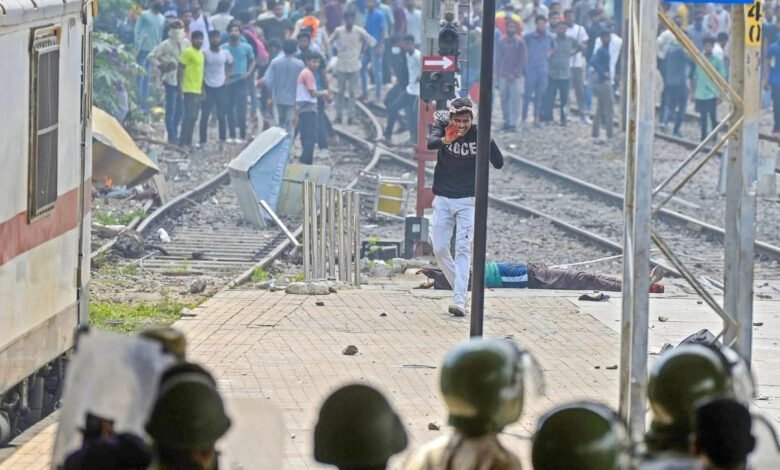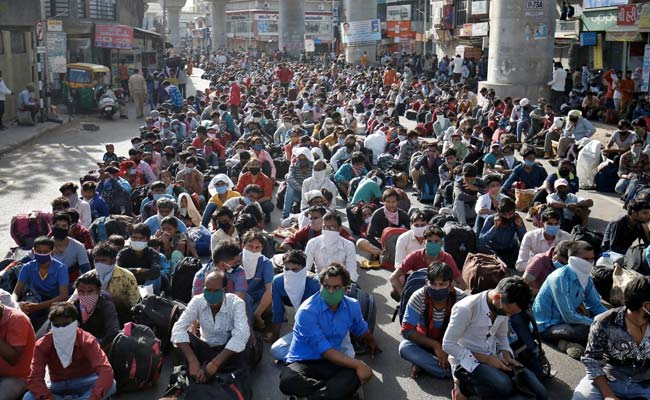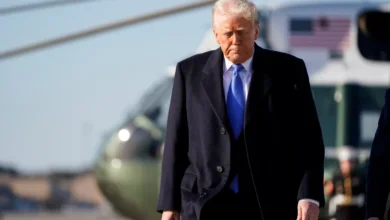India Can’t Be A Superpower If It Can’t Create Jobs

India’s commitment to reform military achievement has sparked political unrest that does not seem to be decreasing, proving that its ambitions to become a powerhouse area unit incompatible with a weak economy.
India’s military, and in particular its army, is overstaffed and has an outdated organisational structure. The administration discovered it was spending all of its military budgets on staff, leaving very little for modernization or weapons early in its tenure after some ill-advised, populist, and expensive tinkering with pensions.
Meanwhile, its own planners have been advocating for a younger and thinner force for more than 20 years. The typical soldier in India is 32 or 33 years old, making it one of the oldest militaries in the world.

After the army suspended its customary annual enlistment of 60,000 young men on 20-year contracts for two years, the government declared it was switching to a tour-of-duty type system in which recruits will be taken on for four years before being discharged with a handsome and tax-free discharge bonus of $15,000.
A protest firestorm has been sparked by this. In some cases, irate would-be army recruits set fire to trains, a very obvious symbol of the central government even in the most rural areas of India.
The issue is that the army is sometimes the only option for young men in India’s poorest regions when it comes to pursuing a job or even finding a spouse because of sex-selective abortions that have disproportionately affected the gender ratio there for many years. These men or boys, because most of them are teenagers have spent years running and honing their selection drills.
CMIE data shows the unemployment rate
The number of people employed overall in India decreased dramatically by 13 million from 403 million in May to 390 million in June 2022, the lowest level since July of the previous year. According to the Centre for Monitoring Indian Economy, this is mostly because of the 8 million jobs that have been lost in rural India as a result of the slow monsoon season and the subsequent loss of 2.5 million salaried positions.
However, a sizable portion of the labour force, which was made up of small business owners and agricultural labourers, left the labour force last month, only slightly raising the unemployment rate.
According to CMIE data, the unemployment rate increased from 7.1% in May to 7.8% in June. In rural India, it increased by 1.4 percentage points to 8%, while in urban India, it decreased by 0.9 percentage points to 7.3 percent, the lowest jobless rate in India in 16 months.
Even the labour force participation rate decreased to its lowest point, falling to 38.8% from 40% in the two months prior.
As a result, in June 2022, India’s employment rate decreased to 35.8 percent, its lowest mark in two years. Implicitly, it stated that less than 36% of India’s population of working age was employed in June 2022.
The June disaster was mostly a rural event, and the fall was predominantly concentrated in the black markets. According to CMIE, this issue may mostly be one of labour migration rather than a more serious economic slump.
In accordance with CMIE, June heralds the arrival of the southwest monsoon across the Indian subcontinent and is also the month when the Kharif crop is sown. The monsoon’s development up to June 15 was spotty, with precipitation beginning the season 32 percent below average.
According to the report, this may have hampered the labour force’s entry into the fields, causing the agriculture industry to lose close to 8 million jobs in June.
However, when the monsoon improved, so did the labour force participation rate. It was also said that as the monsoon improved in the ensuing weeks, employment in rural India was likely to increase.
The loss of 2.5 million salaried employment in June 2022, according to CMIE, showed the sector’s growing fragility.
It warned that the economy must grow at a quicker rate than it likely will in the near future in order to save and create such jobs, noting that the government reduced the demand for armed personnel, and opportunities in privately funded new-world jobs also began to decrease.
Problems Faced by Individuals of India due to Unemployment
A typical applicant told a reporter for the Print before to the announcement of the new recruiting process: “If I don’t acquire a position in the army, my chances of living with dignity in my society are quite low. My prospects of getting married declined. People will make fun of me everywhere. On the other hand, those who do return to their villages after serving for 20 years typically gain respect and end up in leadership roles within the community.
Significantly, the protests and the outrage have generally been confined to India’s most underdeveloped regions, where other work options are few. The government has made an effort to highlight the $15,000 payoff the four-year men would receive and has asserted that their military training will make them more marketable. In locations where there is little chance of finding a solid job now or in four years, this argument has less power.
By hiding its true intentions, the administration has done itself no favours. Everyone is aware that the goal is to lower military spending on salaries while also generating a younger, more technologically nimble army. The government also refuses to discuss its plans for changing the military. We don’t even know with certainty how many people the Indian military employs at the moment, so forget about calculating the amount of money the program will save. That’s treated as a state secret for some reason. (It is predicted to be close to 1.4 million, or around half as many as in China.)
But reversing course would come at a price. An aspiring superpower should use its military as a tool to project power, guarantee domestic security, and counter new threats. India is discovering that, given its inability to generate jobs, its army must also continue to serve as a means of doing so. The nation must first restore its economy if it hopes to play a larger role in the region and the world.

)




